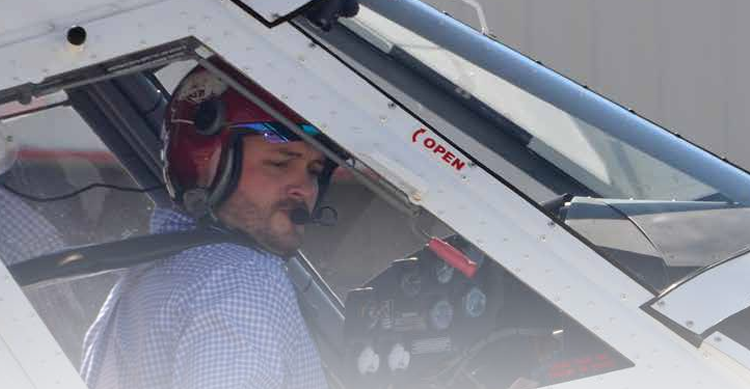by Dr. Samantha Parker Lane
When talking about motorcycle accidents, a common saying is, “It’s not a matter of if, but when.” Unfortunately, this same phrase seems to apply to small aircraft pilots and in my near decade around the industry, I haven’t met a single pilot that hasn’t “put down” at least one plane. Aerial applicators work in an environment with maximum obstructions, minimal altitude, and typically a split-second window to transition from normal to abnormal, or potentially emergency procedures. Training at the busiest trauma center in the country, I have treated more than my fair share of small aircraft pilots with devastating traumatic brain and spinal cord injuries. Here is what I’ve gleaned from that experience, as well as some of the current national data.
Let’s compare numbers shall we? According to the National Highway Traffic Safety Administration (NHTSA) and National Transportation Safety Board (NTSB) the annual rate of deaths per 100,000 registered vehicles is 127 in general aviation aircraft, compared to 58 in motorcycles, and 11.9 in cars. Looking at aviation specifically, the CDC reported the rate of agriculture pilot fatalities (one death per 100,000 hours flown) to be three times higher than that of pilots in other industries.
The best study to date was performed by Wiegmann et al. in 2003, in which 559 autopsies were performed to analyze the pattern of injury sustained by pilots in GA accidents. The most commonly occurring injuries were fractures of the ribs (72.3%), skull (55.1%), facial bones (49.4%), and pelvis (36%). Blunt trauma resulted in organ hemorrhage, including the liver (48%), lungs (37.6), heart (35%), and brain (33%).
Seventy to eighty percent of deaths were attributed to crash deceleration to the face or head, aka a flail injury in which the body is thrown about inside the cockpit.
A second autopsy study performed by the FAA in 2009, looking at fatalities in Alaskan pilots spanning 2004 – 2009 suggested at least 33 lives could have been saved by helmet use.
Let’s recap. Crashes happen at higher rates in agriculture aviation than practically any other vehicle with an engine. The rate of mortality or severe disability (translated as you are fully dependent on others for all activities of daily life) if a crash does happen borders on 65%, and the vast majority of these deaths are due to head injury from the pilot physically bouncing around inside the cockpit upon deceleration.
So what can you do?
- Wear a helmet with a visor or eye protection. Helmets absorb the impact of collision, reducing the risk of traumatic brain injuries, which have long-term consequences. Even if an injury occurs, wearing a helmet can significantly reduce the severity, potentially turning a life-threatening situation into a survivable one. Pilots wearing a helmet have higher chance of surviving accidents with lower need for neurosurgical interventions.
- Five-point harnesses reduce the risk of being thrown from the seat into the instrument panel, ceiling, or windows which are the primary causes of flail injury and the resulting blunt trauma to bones and solid organs.
- AmSafe offers seatbelt airbags that have become standard options in most new aircraft or can be easily retrofit into existing aircraft seats to further prevent against forward strike hazards, flail injuries, and cervical whiplash injuries.
So why are there still pilots that don’t wear helmets or five-point harnesses?
The most common reasons given are lack of comfort, reduced visibility, cost, and let’s face it, vanity. There is an FAA flight helmet standard for use by pilots of Air Tractor models AT-504, AT-802, and AT-802A which include DOI/USFS, Mil-Spec, and DOT helmets. While helmets are not required by the FAA for other Air Tractor models, pilots are strongly recommended to wear an appropriate flight helmet. Modern helmets are designed with comfort in mind, making them less cumbersome and more likely to be worn consistently.
Aviation as a field is known for having the highest safety standards of any industry. It is aviation that medicine emulates in our attempts to improve patient safety, including checklist safety stops prior to surgery and closed-loop communication. Lead by example with wearing helmets and properly fitting and securing your seat restraints - they set a standard which encourages others to adopt these measures and fosters a culture of safety.






